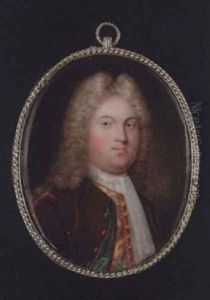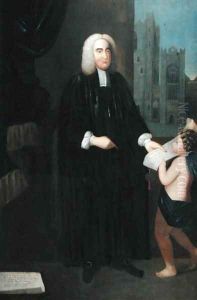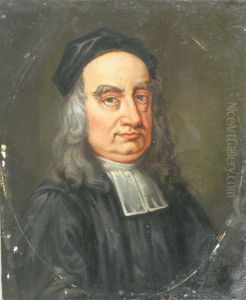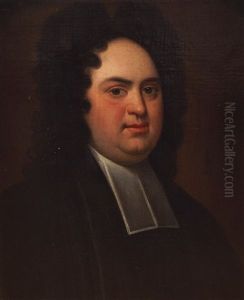Francis Bindon Paintings
Francis Bindon was an Irish architect and portraitist who made a significant mark in the 18th century, both in the world of art and architecture in Ireland. Born in 1690 in County Clare, Ireland, Bindon was part of the Anglo-Irish gentry, which gave him the social standing and connections necessary to establish a career spanning various artistic and architectural endeavors. Though his early life and education are not extensively documented, it is known that he had the means and opportunity to travel and study, which contributed to his development as an artist and architect.
Bindon's work as a portrait painter placed him among the notable Irish artists of his time. He is particularly remembered for his portraits of prominent Irish figures, which were characterized by their dignified realism and attention to detail. His subjects included Jonathan Swift, the Dean of St. Patrick's Cathedral in Dublin, and other members of the Irish intellectual and social elite. These portraits not only showcase Bindon's skill as an artist but also serve as valuable historical documents, capturing the likenesses and personalities of his subjects with a depth that contributes to our understanding of 18th-century Irish culture and society.
In addition to his achievements in portrait painting, Bindon also made significant contributions to architecture. He was involved in the design and construction of several important buildings in Ireland during his career. His architectural style reflected the Palladian influence, which was popular in Europe at the time, characterized by symmetry, classicism, and an emphasis on proportion and harmony. Among his architectural works, the most notable include Hazelwood House in County Sligo and the facade of Wilson's Hospital in County Westmeath. These buildings exemplify his ability to translate the ideals of Palladian architecture into the Irish context, adapting them to suit the local environment and materials.
Francis Bindon's legacy is that of a versatile and accomplished figure who bridged the worlds of art and architecture in 18th-century Ireland. His portraits offer insight into the personalities and society of his time, while his architectural works continue to be admired for their elegance and historical significance. Bindon died in 1765, leaving behind a body of work that remains an important part of Ireland's cultural heritage.




